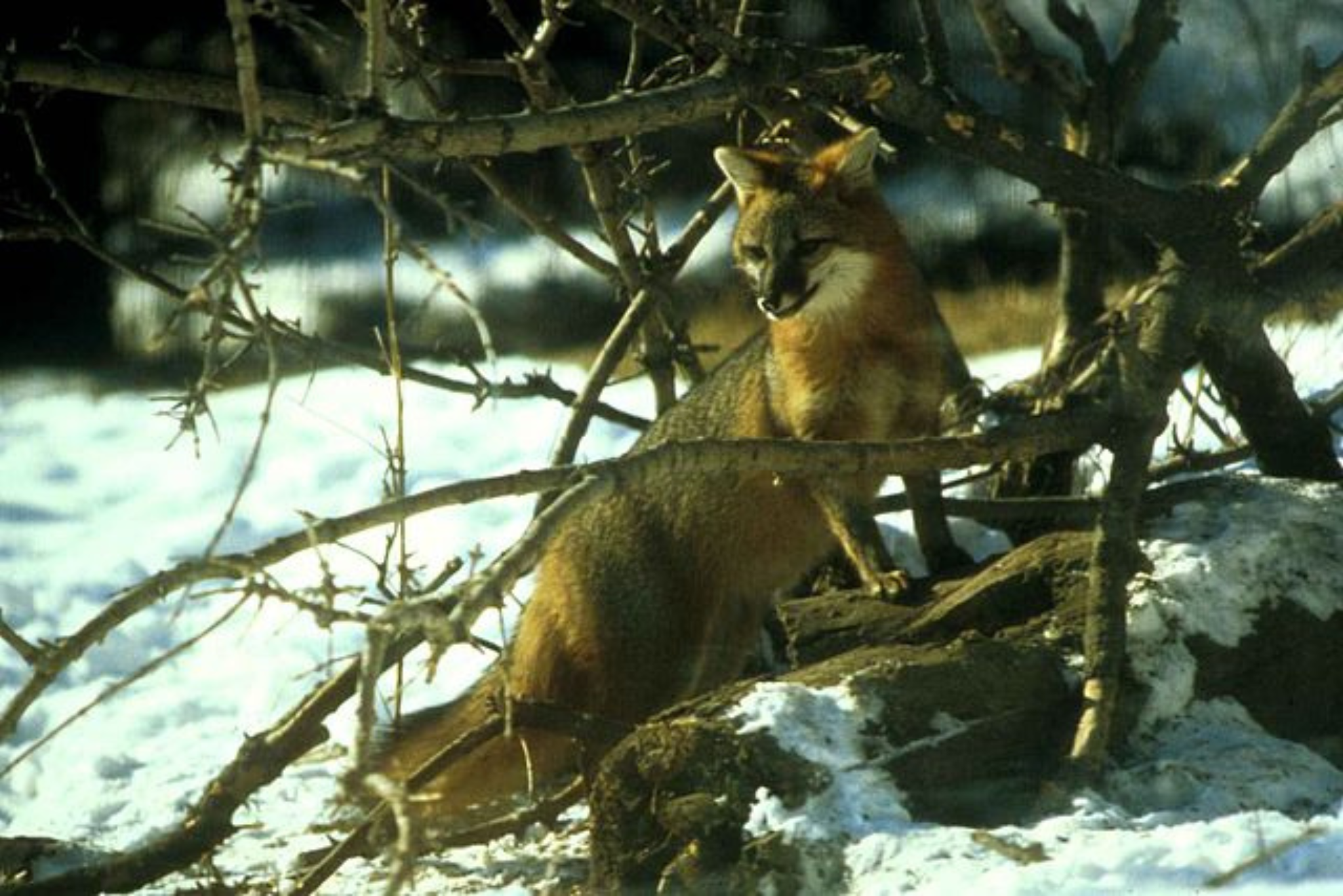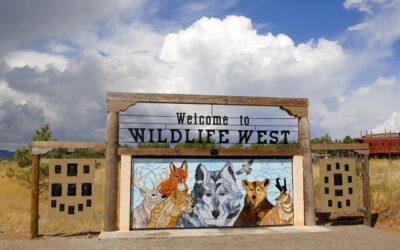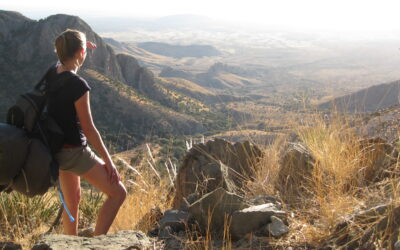Winter’s Challenge for Wildlife
How New Mexico’s Wildlife Find Food in the Harsh Winter
By Raelynn Archuleta
Hello there, winter! A cold case of the chills has finally arrived this year. It is time for us humans to stay cozy and eat some warm food, and if we are running low, we just visit the local supermarket. We have it pretty easy during the winter months!
Animals, on the other hand, do not. Everything is dead or frozen, so food supplies are running low. When it comes to New Mexico weather, many animals must adapt just as quickly as we do. So, how do animals survive when everything is frozen or covered in snow?
Many animals avoid the challenges of winter altogether and either migrate to warmer climates or hibernate! By migrating to warmer climates, animals can ensure that they have access to food, water, and shelter year-round. Those that choose to hibernate will stock up on fat reserves in the summer and fall, when food is plentiful, and go into a state of slowed metabolism during winter to make their energy reserves last.
However, many animals decide to stick around and stay awake during the cold winter months. How do they succeed?
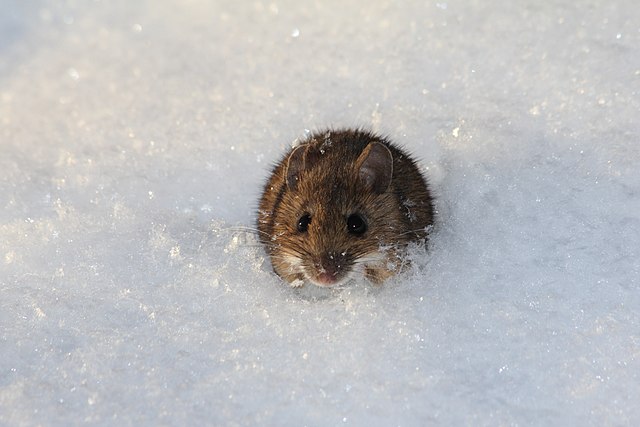
For first-year animals born just a few months before winter, it is important that they quickly learn how to hunt successfully and keep warm. Unfortunately, many of these animals do not learn fast enough and wind up starving and susceptible to disease. Many raptor species have an 80% mortality rate within the first year of their life! New Mexico Wildlife Center’s wildlife hospital sees an uptick in these young, struggling animals during the winter months. If you find a wild animal that you suspect may need some help, call New Mexico Wildlife Center at (505) 753-9505.
Some animals succeed in the winter by stockpiling a cache of food before the chill hits. Pinyon jays find and store pine seeds in the fall to access as a “pantry” in the winter. It has been calculated that one pinyon jay can store over 2,000 seeds in the fall!
Other animals become very “generalist” with their diet, meaning they will eat almost anything. Gray foxes are found throughout NM and are non-hibernating omnivores. In the winter, they will eat pretty much any plant, animal, or fruit they can get! Red-tailed hawks and great horned owls are other examples of animals becoming less picky in the winter — if it is small enough to carry, they will hunt it.
While we humans are cozying up in our warm homes with hot chocolate and a fire crackling, we may look out the window at our backyard wildlife and wonder what we can do to help. One of the easiest ways to help most wildlife is to leave out a low, heated water dish. Many water sources freeze over during winter, so even if food is accessible, water can still be a limiting factor for survival. Be sure to disinfect your water dishes at least once a week to prevent disease transfer. Another option for helping local birds is leaving out bird feeders. Bird feeding is one of the most popular nature hobbies, as it gives humans the opportunity to facilitate local wildlife and watch their unique behaviors. So should we leave our bird feeders up during winter?
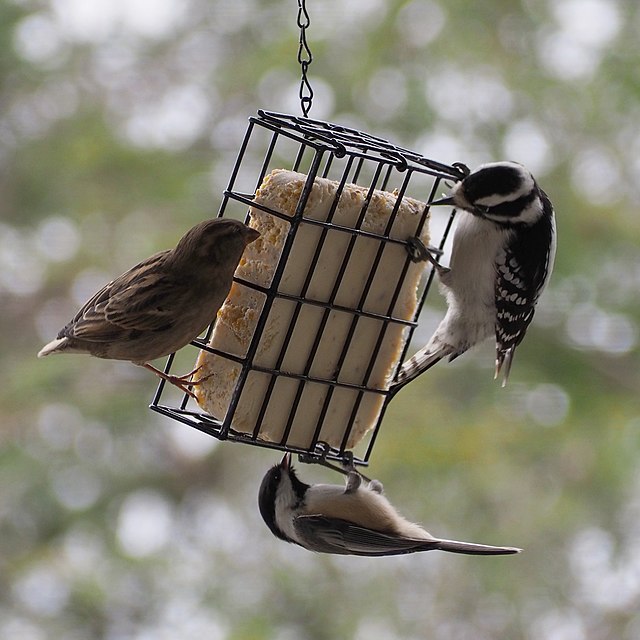
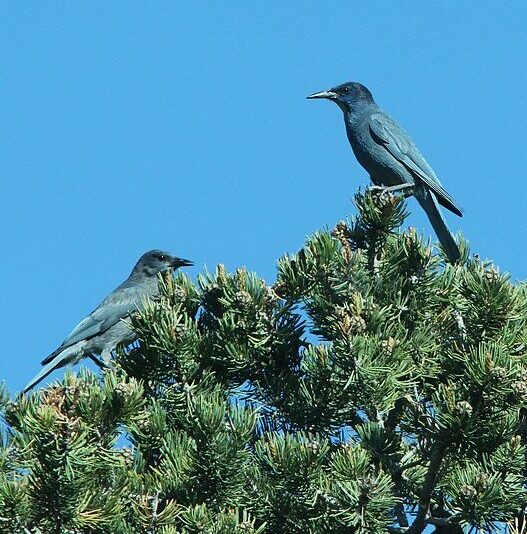
Some experts actually advise against feeding wildlife during the winter. Why? Because it teaches wild animals to rely on humans. For example, if the humans move, forget to replenish the feeders, or rapidly change the food type, the wildlife might be endangered by the change. You may also attract wildlife you were not targeting, resulting in human-wildlife conflict! Provisioned food can accidentally attract rats, mice, skunks, deer, and coyotes, or even more dangerous species such as bears and mountain lions, depending on your location. Yikes!
However, with proper precautions and research, it can be very beneficial to leave food out for local birds and could indeed help their first-year survival and reproduction.
If you choose to leave a bird feeder out during the winter, placing feeders at a high level (about 5 feet or higher) can help minimize the unintentional feeding of other wildlife. Cleaning any ground spillage from the feeders can help prevent mice, rats, and other “pests.”
Another aspect to keep in mind is that many animals’ diets and lifestyles change as the seasons change. Many birds switch to a higher-fat diet to help with the energetic demands of winter. To aid birds in meeting these seasonal dietary needs, leave out suet blocks and richer bird seed mix.
Here are some options for different food items to put out during winter:
- Wild bird seed mix
- Black-oil sunflower seeds
- Thistle seed
- Peanut hearts
- Suet block
- Cracked corn
- White proso millet
- Mealworms
- Unseasoned dried fruit and berries
Are you looking for a fun and kid-friendly activity that helps your backyard songbirds? Here are two simple crafts you can do at home:
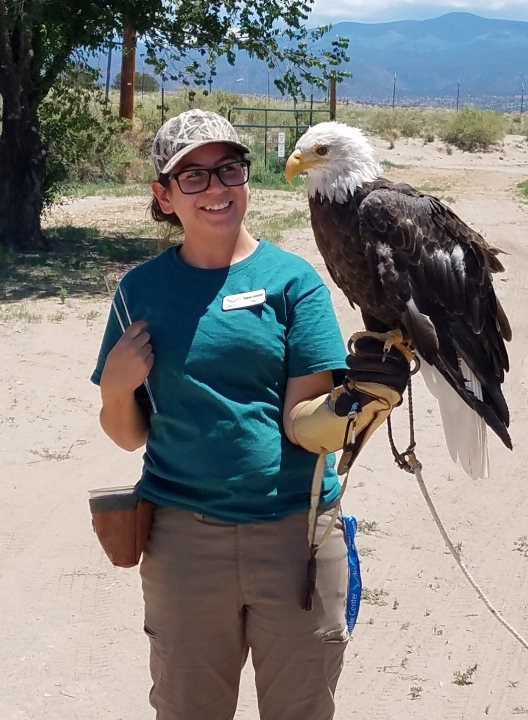
Suet, seed, and fruit balls:
- Mix suet, unsalted nuts and seeds, fruits and berries, and peanut butter until the mixture is stiff. You can also add dried mealworms for a firmer consistency.
- Press the mixture into a silicone mold or bowl.
- Refrigerate until solid.
- Warm to room temperature before putting it out for the birds.
Pine cone treat:
- Collect a fallen pine cone and tie twine around it as a hanger.
- Coat the pine cone with peanut butter using a craft spoon or spatula.
- Finally, sprinkle or roll the pine cone in wild bird seed.
We highly recommend the Santa Fe Wild Birds Unlimited store to purchase seeds or get recommendations for feeding local birds. We are lucky to partner with them and receive monthly donations of seeds! You can also find seed at most hardware stores, garden centers, and even supermarkets.
Do you have any additional questions about how to help our native wildlife this winter? Call New Mexico Wildlife Center at (505) 753-9505, email us at info@newmexicowildlifecenter.org, or visit our website at newmexicowildlifecenter.org. You can also follow us on Instagram and Facebook or visit us between 9 a.m. and 4 p.m. Monday through Saturday.
Raelynn Archuleta was born and raised in a small ranching community in Northern New Mexico and graduated with a Bachelor of Science in Fish and Wildlife Conservation Ecology from New Mexico State University (NMSU) in 2021. During her time at NMSU, she assisted with field research on Penasco’s smallest species of chipmunk (the Organ Mountains chipmunk), black bears, and trout species. She started volunteering at New Mexico Wildlife Center (NMWC) in early 2022 and became an education intern soon after. She is now a full-time staff member taking care of the 30+ Ambassador Animals at NMWC and helping to educate our visitors about the amazing diversity of wildlife in her home state.

